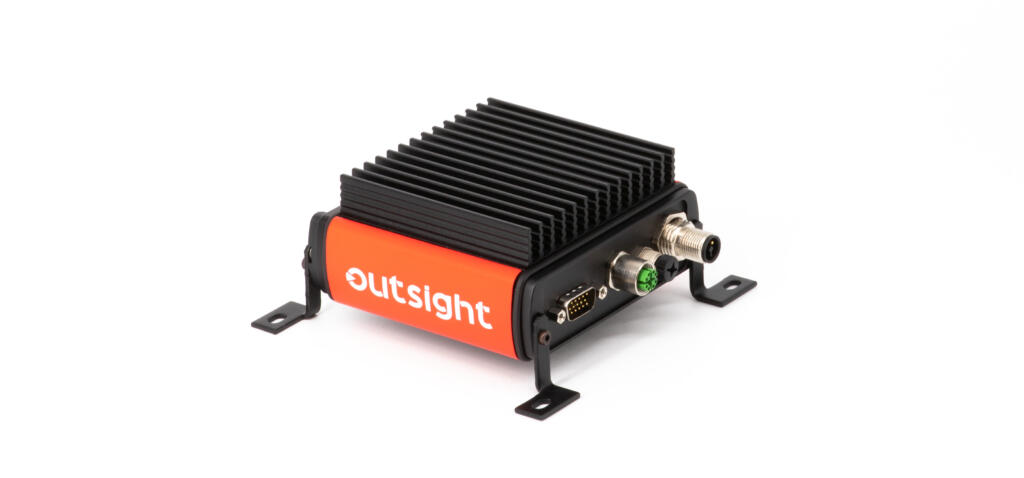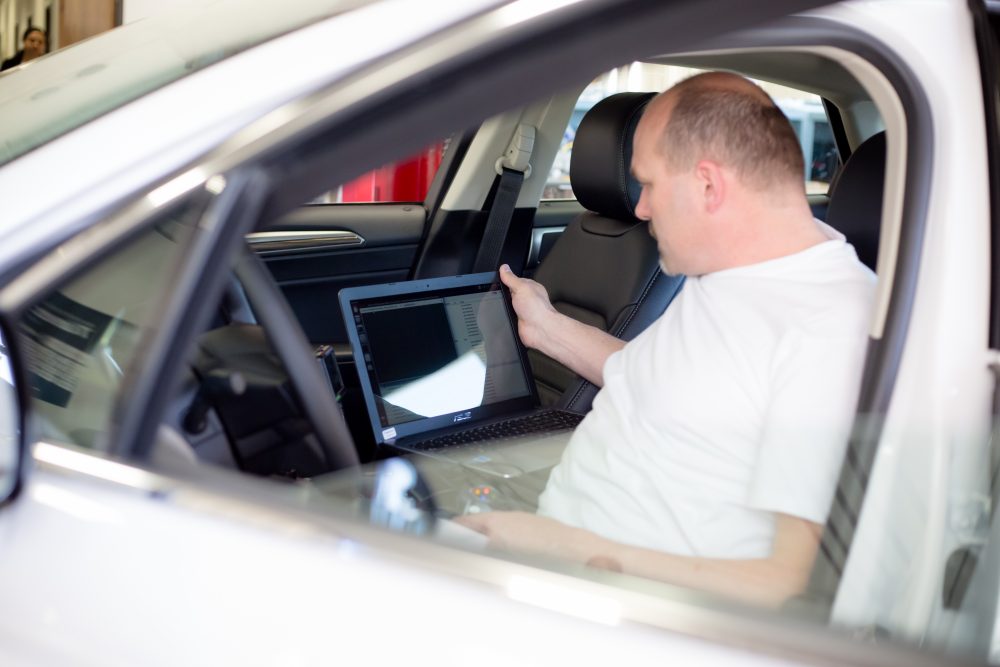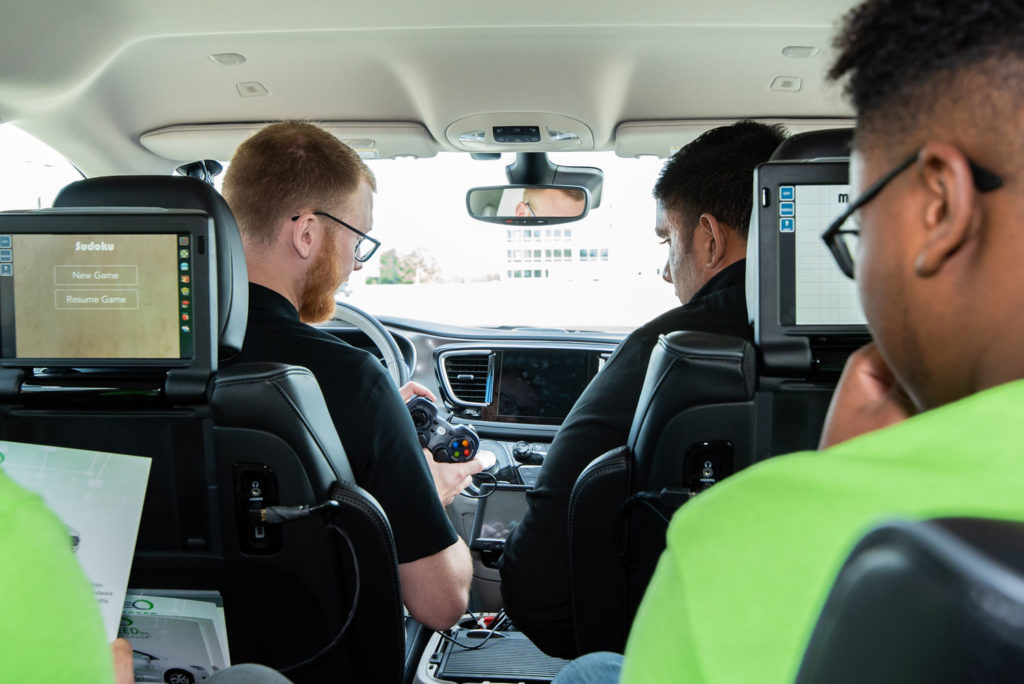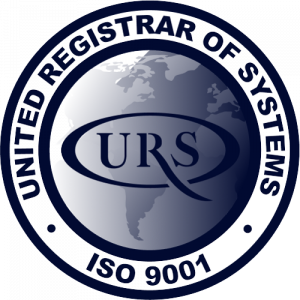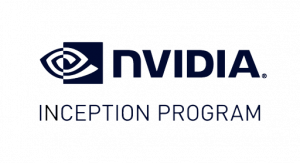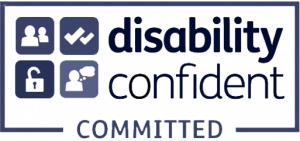Playing it safe: the safety behind Dataspeed drive-by-wire kit for AV research and development
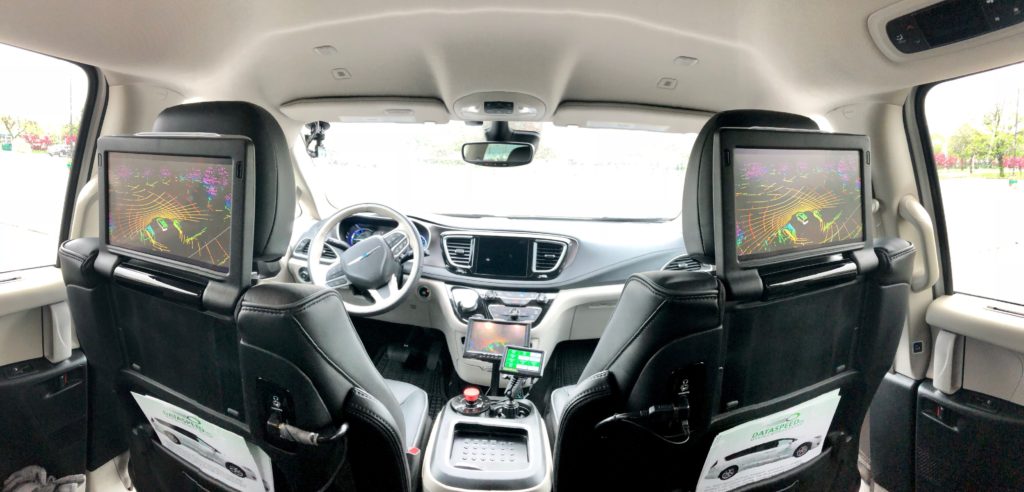
The Dataspeed Drive-by-Wire Kit enables electronic control of a vehicle’s brake, accelerator, steering, gear shifting, indication and other ancillary functions, safely and effectively. It creates a secondary path to communicate with the vehicle’s CAN bus. Sensor and AI stack messages pass-through for translation into vehicle action commands and the translation occurs using the car’s programmed language.
Minimal modifications are required to factory systems for the ready-to-install kit, allowing the customer to take control over existing OEM by-wire actuators. These processes allow for the existing OEM safety features such as Anti-Lock Braking (ABS), traction control, stability control, and airbags to remain intact. Additionally, when the by-wire kit is not in the active state, it is fully disconnected from the CAN bus. This ensures that complete OEM vehicle operations are the only controls enabled when the Kit is not in use.
Additional override and stopping mechanisms were designed into the by-wire kit for when a safety driver needs to stop the vehicle quickly and safely from the autonomous driving mode. By means of turning the steering wheel, pressing the brake, or triggering an incorporated e-stop button, the safety driver can intuitively regain full vehicle control.
Safety analysis and validation
To achieve these high standards, the Dataspeed team starts with proven automotive methods for analysis and development, at both the component and system levels, using Design Failure Mode and Effects Analysis (DFMEA) and System Failure Mode and Effects and Analysis (SFMEA) as per Automotive Industry Action Group (AIAG) guidelines. Failure Mode and Effects Analysis (FMEA) is an analytical methodology used to ensure that potential failure modes have been considered and addressed throughout product and process development. DFMEAs are used to focus on potential failure modes for the kit’s electronic modules and subsystems, while higher-level SFMEAs focus on identifying and remedying potential failure modes at the overall vehicle and operator level.
The team also utilises other guidelines depending on customer needs and operational domains such as NHTSA U.S. federal guidelines for safe testing on U.S. Roadways, ISO-26262 for performing hazard analysis and creating an overall system safety plan, and SAE guideline JS3018 for safe on-road testing of automated systems. These extensive review processes aid users in gaining local approval to operate on public roads around the world, from California to Berlin.
TUV and regulatory approval
Dataspeed has worked with multiple TUV agencies to successfully support several prominent clients seeking to test on German public roads. TUV was created from the need to regulate the safe design of steam engines in Germany during the industrial revolution. Now, TUV is a multi-faceted group of independent service companies based in Germany and Austria. Their goal is to test, inspect, and provide certification for technical systems to minimise hazards and prevent damage.
The TÜV brand is a recognised and highly respected agency in Germany, and their certification provides another layer of confidence for the Dataspeed By-Wire Kit.
Currently, in the United States, 29 states regulate AV testing on public roads. However, before conducting these tests, the manufacturer must meet a list of stringent qualifications. These include a statement of how the vehicle will be used, a description of the technology including its functional capabilities, specific accident reporting rules, and an annual report of system disengagements or test driver take-overs. Collision data from autonomous vehicles must be preserved for three years and must be available for public record. The Dataspeed drive-by-wire kit meets these thorough regulations and is used by several California AV developers and researchers to achieve on-road testing.
Continuous improvement and support
Dataspeed engineers are constantly searching for ways to optimise the drive-by-wire kit. From conducting rigorous research and evaluation prior to the build-out stage of products to implementing customer and third-party research feedback, ensuring that Dataspeed products are at the forefront of effectiveness and quality.
Maintaining and continually improving products is essential in ensuring safety. As products are used or age, it is common for them to require maintenance. Dataspeed offers one year of free maintenance with the purchase of their drive-by-wire kit. The subscription includes select hardware replacement, technical support, and firmware updates.
Modules, wiring harnesses, switchboard interfaces, touchscreen interfaces, mounting brackets, connectors, demonstration laptops, joystick controllers, baseplates, and power inverters are all covered by the maintenance subscription.
Dataspeed’s team of engineers is available for phone and email support, root cause analysis, log file analysis, debugging issues, integration recommendations, documentation clarification, and initial product walk-through. Beyond the comprehensive technical support, product firmware updates are released three to four times a year. Past updates include: ‘Improved steering wheel angle control performance’, ‘Adding enumeration for “unknown” for many signals’ and ‘Adding vehicle angular acceleration limit parameter to limit steering velocity’. Continuously improving the technology within the by-wire kit, verifying software is up to date, and that hardware components are free of flaws, build consistency and safeguard against issues that may arise.
Dataspeed drive-by-wire on the road ahead

As the AV field continues to expand, safety is the biggest priority. But how safe do autonomous vehicles need to be to surpass humans? According to the U.S. Department of Transportation National Highway Traffic Safety Administration (USDOT NHTSA), 95% of all car crashes are caused by driver error. However, using annual fatality rates along with miles travelled on U.S. roads shows statistically that a human driver is capable of going about 100 million miles between fatal errors.
Self-driving car technology is widely seen as a potential solution to the problem of road traffic collisions, but at this phase of research and development, they are prone to many more mistakes than human drivers. However, this performance is improving daily as the test vehicles gather more experience with time and expanding fleets. Self-driving cars are made safe, given that their sensors and response times are all electronic and mechanical, making their reaction time superior to humans. But vehicles are not human, and we are still around five to ten years from seeing this type of technology en masse on our roads. However, the Dataspeed team is trying to advance that timeline with their drive-by-wire kit.
This ready-to-install system incorporates safety into every facet and is ideal for furthering AV research and design.
Contact our sales team today to discuss your AV project

